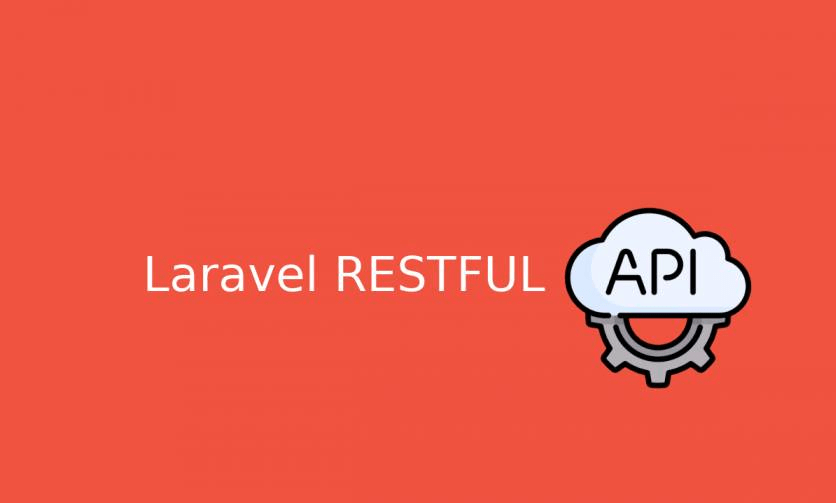In this project, a blog has been implemented as a restful api. Things like user registration, authentication, password recovery, email confirmation, user management by admin, posts, categories, comments have been created.
Fake data has been used for testing and development.
- User management is done only by admin.
- We have two types of users, admin and member.
- ...
- Auth ( Login , Register , verify email , Reset password )
- User ( Create , Read , Update , Destroy , Search ) just for admin
- Post ( Create , Read , Update , Destroy , Search)
- Comment ( Create , Read , Update , Destroy , Search)
- Category ( Create , Read , Update , Destroy , Search)- Auth ( verify email , Reset password ) need to be authenticated
- User ( Create , Read , Update , Destroy , Search) need to be authorization( admin )
- Post ( Create , Update , Destroy ) need to be authorization( author )
- Comment ( Create , Update , Destroy ) need to be authorization( author )
- Category ( Create , Read , Update , Destroy ) need to be authorization( admin )Follow these steps to get this project live
git clone https://github.com/amirsahra/blog-api.git
cd blog-api
composer install
php artisan key:generateEnter the database and table information that you have already created
For example :
DB_CONNECTION=mysql
DB_HOST=127.0.0.1
DB_PORT=3306
DB_DATABASE=db_name
DB_USERNAME=db_username
DB_PASSWORD=db_passwordphp artisan migrateTo use fake data, you can use the created factories.
First, go to file config/blogsetting.php and change the default_admin with your information
Now :
php artisan db:seedphp artisan servNow the project has been implemented and the request can be sent with the defined endpoints
1 User
1 ) Show All -> /api/v1/user
2 ) Create -> /api/v1/user
3 ) Read -> /api/v1/user/{id}
4 ) Update -> /api/v1/user/{id}
5 ) Destroy -> /api/v1/user/{id}
5 ) Search -> /api/v1/users/search
2. Auth
1 ) Register -> /api/v1/register
2 ) Login -> /api/v1/login
3 ) Logout -> /api/v1/logout
4 ) verification resend -> /api/v1/email/resend
5 ) verification verify -> /api/v1/email/verify/{id}
3. Post
1 ) Show All -> /api/v1/post
2 ) Create -> /api/v1/post
3 ) Read -> /api/v1/post/{id}
4 ) Update -> /api/v1/post/{id}
5 ) Destroy -> /api/v1/post/{id}
4. Category
1 ) Show All -> /api/v1/caegory
2 ) Create -> /api/v1/caegory
3 ) Read -> /api/v1/caegory/{id}
4 ) Update -> /api/v1/caegory/{id}
5 ) Destroy -> /api/v1/caegory/{id}
5. Comment
1 ) Show All -> /api/v1/comment
2 ) Create -> /api/v1/comment
3 ) Read -> /api/v1/comment/{id}
4 ) Update -> /api/v1/comment/{id}
5 ) Destroy -> /api/v1/comment/{id}
coming soon ....
MIT Copy write amirsahra
